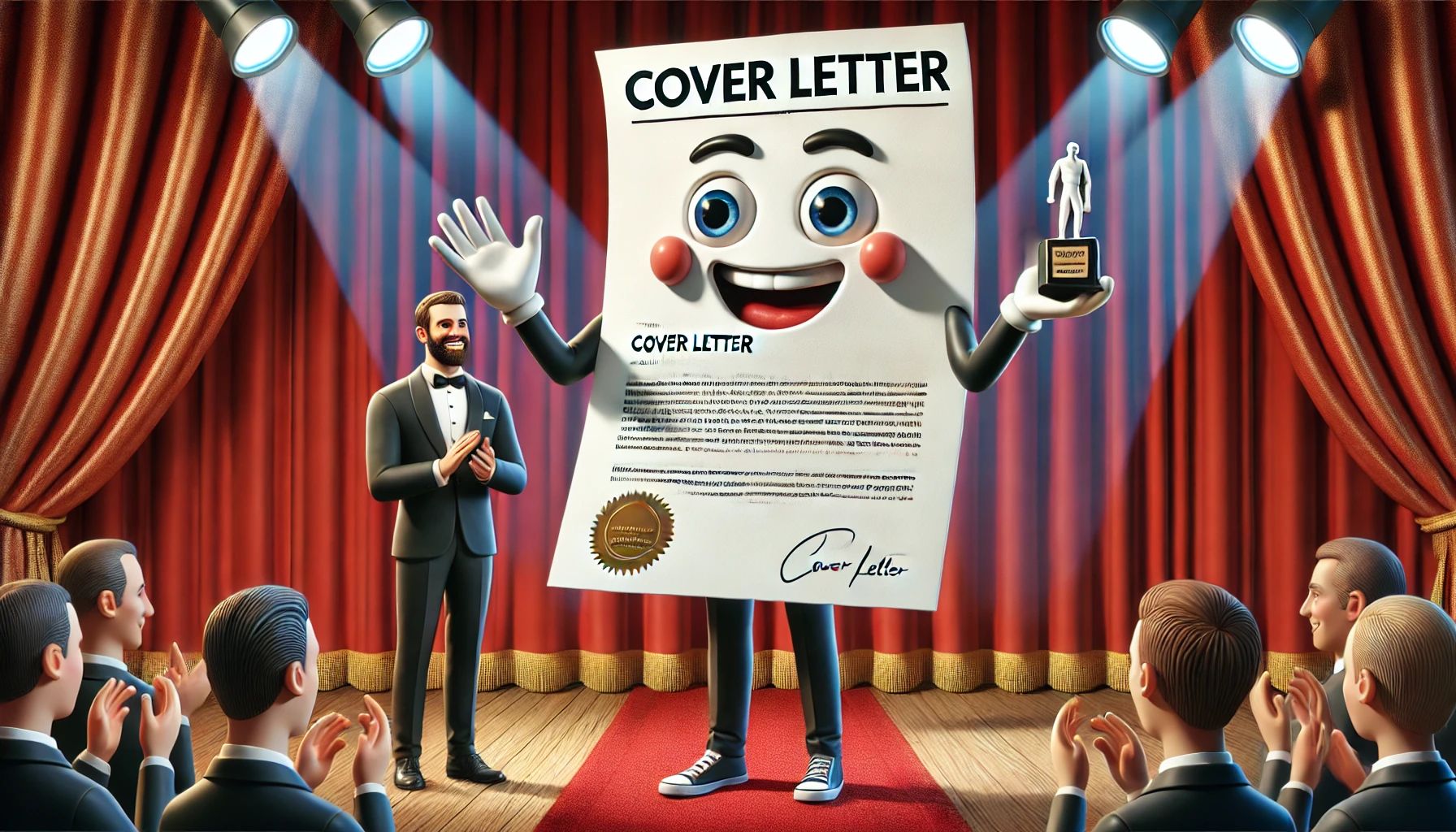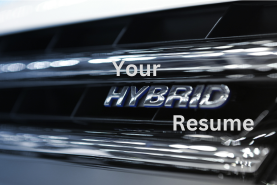
When it comes to optimizing the performance of your resume, don’t let anyone fool you: “What you don’t know WILL hurt you.” Check off all the boxes to ensure the resume reaches decision makers and consistently secures interviews. (Trust me when I tell you that there are far more boxes to check than most job seekers are even aware exist) A stalled or stagnant job search usually scapegoats the economy, industry, and other factors, when the fact is a poorly designed resume is usually the culprit. Below are 5 major reasons your resume may not be cutting the mustard, so to speak.
Your Resume Has No Summary Section (or it is Poorly Written)
Remember going to the bookstore and deciding what book to buy? (I know in this Amazon world no one goes to the bookstore anymore, but bear with me) A major influence on whether you purchased a book or not was the description on the inside cover, right? When a hiring manager has dozens (or hundreds) of resumes to review, something needs to grab their attention.
A well-written summary leading off your resume convinces your reader to go deeper. Research has shown a resume has anywhere between 7 to 15 seconds to impress. So obviously no one is reading the entire resume in that time frame. A quality executive summary (or profile) section skillfully encapsulates why you are ideal for the role. And it does so with strength and style. Ignore this important strategy at your own peril.
You’re Missing Impact Content
You are more than just a stale job description. Act like it! If your resume only communicates the basic duties you have performed, then you are missing true value you get by providing one. After all, wouldn’t every applicant with a similar background have resume that sounds exactly like yours if this was the way to go? A powerfully consistent resume differentiates you from your competition. Take the time to explore where you had positive impact for each employer. What special projects did you contribute to? What are your contributions to policies and procedures? How about measurable performance metrics? Anything that sets you apart from those with a similar background should appear in the document.
Your Resume is Missing Rich Keywords
Your resume does not only have to impress the human audience, but it needs to navigate the digital audience as well. 75% of large companies use applicant tracking systems (ATS), with that figure jumping to 99% of Fortune 500 companies. Want that resume to disappear into a black hole? Ignore the value of keywords in that resume and your wish will come true. ATS software scans your resume for high-value keywords to help hiring authorities trim that huge stack of resumes. Perform research on the most valuable words and phrases for the positions you seek. Keep it based in differentiating skill set and stay away from the broad soft skills that say nothing (hiring managers hate navigating this).
Your Content is Difficult to Follow
Pretend your submission is number 143 of 150 that your reader has to review. Now let us suppose the resume is structured in such a way that the hiring manager cannot tell where one position ends and the next one begins. Perhaps it is highly difficult to visually pick up on these things quickly. Not only that, the resume is littered with grammatical mistakes, run-on sentences, inconsistencies regarding phrasing, and other issues that make it difficult to read. Once the hiring authority runs across one or two of these issues after already going through 142 other resumes, how likely is it that they will keep going?
Clarity of prose and ease of navigation is important to ensure your reader does not struggle to comprehend your information quickly. Remember our stat regarding resume review time? Resumes only have a brief period in which to make an impression. Don’t distract or overly tax your reader, as it is sure to get your document placed in File 13 (that’s the trash can, people!)
Your Resume Has Technical Design Deficiencies Affecting the ATS
Remember our friend the ATS? While it is popular in its use, the software can be pretty finicky. While getting better, these hiring management systems still have their faults. A good resume will account for these issues by using proper document infrastructure, section labeling, and content spacing. Opportunities have been lost by having resumes die within the systems they attempt to navigate. If the ATS doesn’t properly scan your resume, you don’t exist to most of these companies.
Don’t use pre-formatted resumes because they cause a lot of these issues. Especially those that use design elements where it has not been properly thought out regarding what systems see. Of course, one must have the knowledge of what the ATS software does and does not see to properly build your resume. Remember what we said earlier (what you don’t know can and does in fact hurt you).
Conclusion
Achieving consistency in gaining interviews is more than about your hustle and drive. You need to know what works and what doesn’t when it comes to your resume project. Send out hundreds of weak written, poorly structured documents and you’ll only get more frequent “no’s”. Your inbox will still be empty, and what’s worse is that you will never know why it happened. If going it alone with the resume, don’t just scribble duties and think it will beat out other job seekers.
Take the time to learn the ins-and-outs of what makes your resume jump to the top of the stack. If lacking time or comfort level to research what makes a great resume tick, seek help. Hire a certified resume professional to do the dirty work for you. After all, even when you write your own, you’re competing against our offerings – and we have the cheat codes, right?























